Hoi An Japanese Bridge (Cau Pagoda) – a UNESCO World Heritage Site, impresses visitors with its special architectural features and long-standing cultural beauty. It is considered an iconic symbol, connecting the past, the present, and the future of Hoi An Ancient Town.
In this article, Vietnamtour.in shows step-by-step instructions about your tour to Hoi An Japanese Bridge, as well as useful tips. Right now, let’s keep scrolling to discover more!
Brief Information
- Location: Nguyen Thi Minh Khai Street, Minh An Ward, Hoi An Ancient Town
- Entrance fee: Free
- Opening hours: 24 hours every day
Long-standing History Of Hoi An Japanese Bridge
Hoi An Japanese Bridge, also called Hoi An Covered Bridge, was constructed in the 17th century and reflects a monster in Japanese legend, namely Namazu.
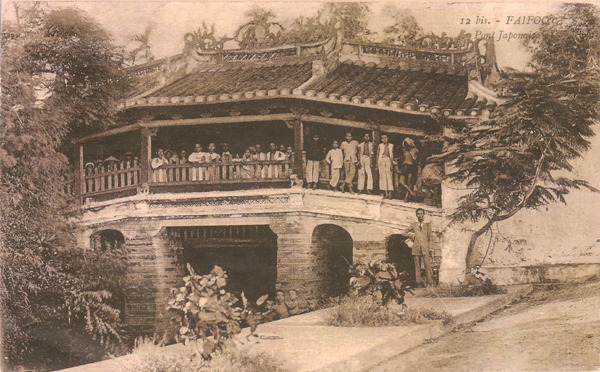
As told, Namazu is a mythological monster that leads to floods and earthquakes, with its entire body in Vietnam. That’s why the bridge is known as “a magical sword” to prevent the monster’s strengths and natural disasters in our country. Indeed, the locals’ lives have been protected in prosperity and peace up to now.
In the early 18th century, Lord Nguyen ordered the engraving of three Chinese characters on the Hoi An Japanese Bridge’s entrance, meaning “Lai Vien Kieu” in Vietnamese. Until 1990, it was recognized as a National Historic—Cultural Heritage Site.
Outstanding Architecture In Cau Pagoda
Hoi An Japanese Bridge crosses the Thu Bon River, featuring a nostalgic atmosphere and unique architectural layers. Its top was built with red lacquered wood, and the base was completed with special stone, aiming for enduring design over time.
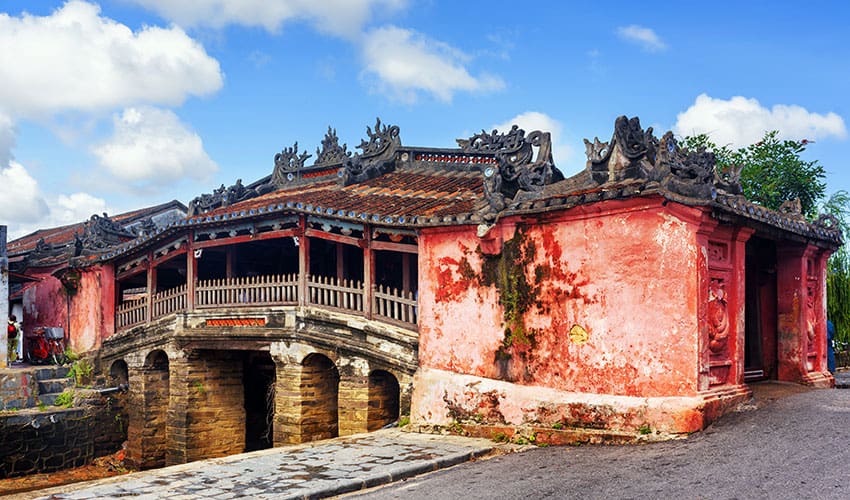
In addition to Japanese patterns, Cau Pagoda is a perfect combination of Vietnamese and Chinese traditions. Thus, you can easily find these typical decorations and patterns during your journey. One of the most outstanding points is the “Yin and Yang” lines, illustrating a balance between opposing forces in our lives.
On the Hoi An Japanese Bridge, there are benches and corridors where you can sit and enjoy the fresh air. Besides that, you will be surely attracted by the monkey and dog statue at the exit or entrance of the bridge. In Japanese culture, these elements symbolize safety and protection.
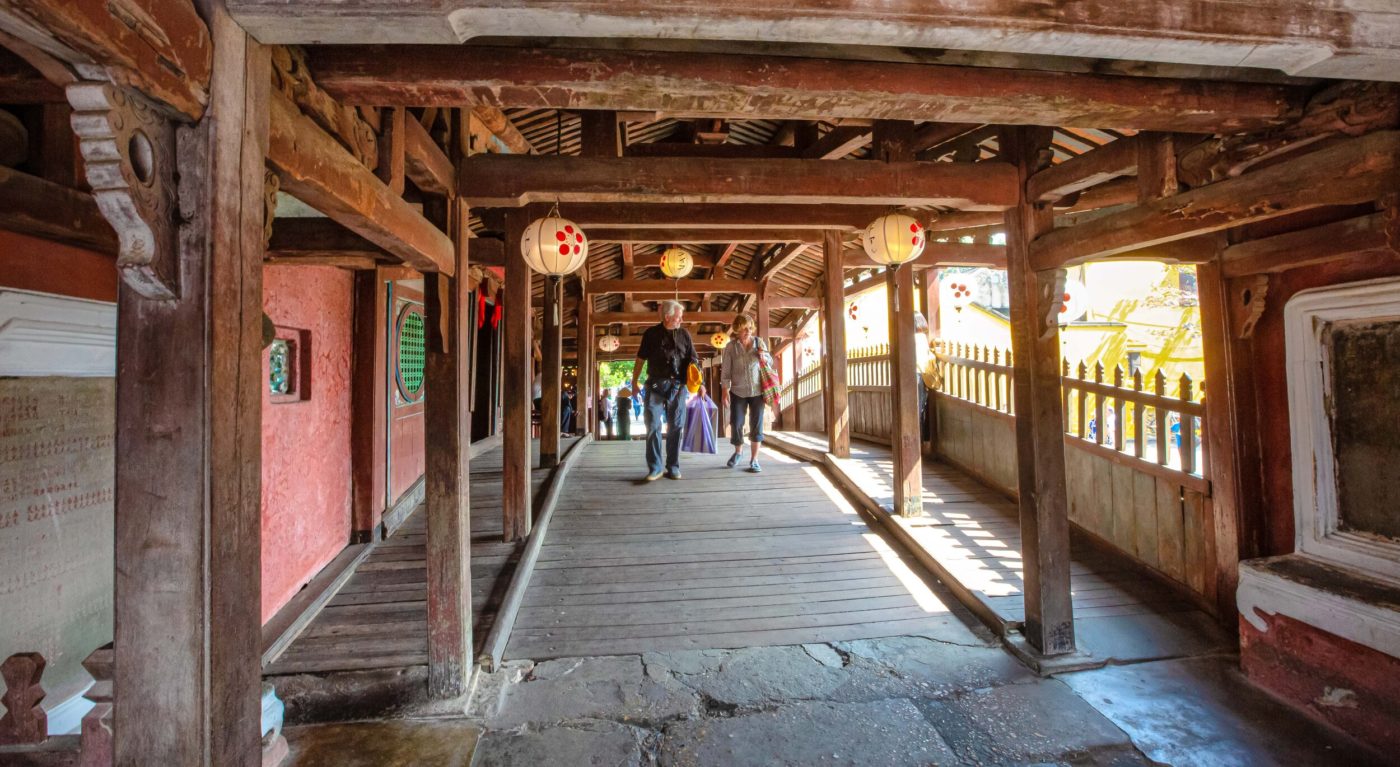
How To Get There
From the Central Market of Hoi An Ancient Town, you need to walk down Tran Phu Street, then find Hoi An Covered Bridge at the end of the street. Along the street’s sides, you will have a chance to admire various old houses, unique-decorated cafes, and delicious dishes.
>> You can read: Top 12 Bridges in Vietnam You Should Not Miss
What To Expect During Your Tour To Hoi An Covered Bridge
Actually, Hoi An Japanese Bridge has 2 distinctive parts: the temple (Chua) and the bridge (Cau). That’s why many locals call it “Chua Cau” in Vietnamese or “Cau Pagoda” in English.
Japanese covered bridge
Originally, the Hoi An Covered Bridge only had this part, which is outstanding thanks to its simple but elegant layouts. Previously, traders preferred this bridge as a short road to move between the Northside and Southside of Hoi An.
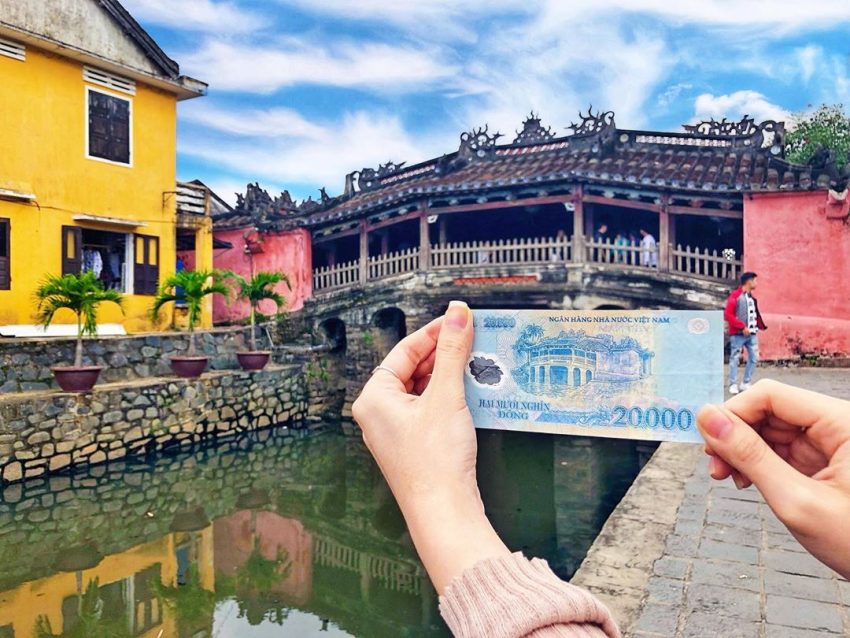
Cau Pagoda
It was built about 60 years later and has been used to worship Bac De Tran Vo, a god of happiness, with the mission of bringing the locals a peaceful and satisfying life. Inside the pagoda, you can witness all the wood-made features, together with a full-light ambiance.
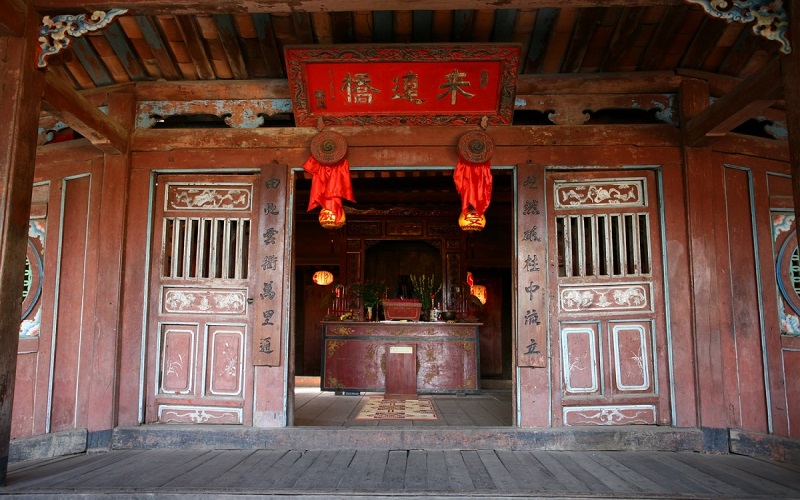
Attractions Nearby Hoi An Japanese Bridge
- Tan Ky Old House: This house is considered one of the oldest houses in Vietnam, with more than 200 years. It attracts visitors’ attention thanks to its harmonious combination of materials and layouts.
- Cam Thanh Coconut Village: It is well-known for its diverse flora and fauna, with the typical feature being the coconut groves. Don’t forget to experience a thrilling basketboat dance for a memorable experience.
- Cham Island: This land boasts a range of stunning natural attractions and favorable weather with plenty of sunshine. You can not miss visiting Tan Hiep Market, which sells delicious seafood and unique souvenirs.
- Beaches in Hoi An: Hoi An is famous for its long-lasting beaches, which feature crystal seawater and white sand. You can drop in the cafes near Cua Dai, An Bang, or Ha My beaches for the comfortable ambiance and stunning photos.
Conclusion
Our blog has just reviewed Hoi An Japanese Bridge in detail, including its history, architecture, things to do, and how to get there. If you prefer a more perfect journey, why don’t you consider our holiday packages to Vietnam with local travel experts? We ensure you will have unforgettable memories.
OTHER ATTRACTIONS IN HOI AN ANCIENT TOWN
ITINERARIES WITH JAPANESE BRIDGE

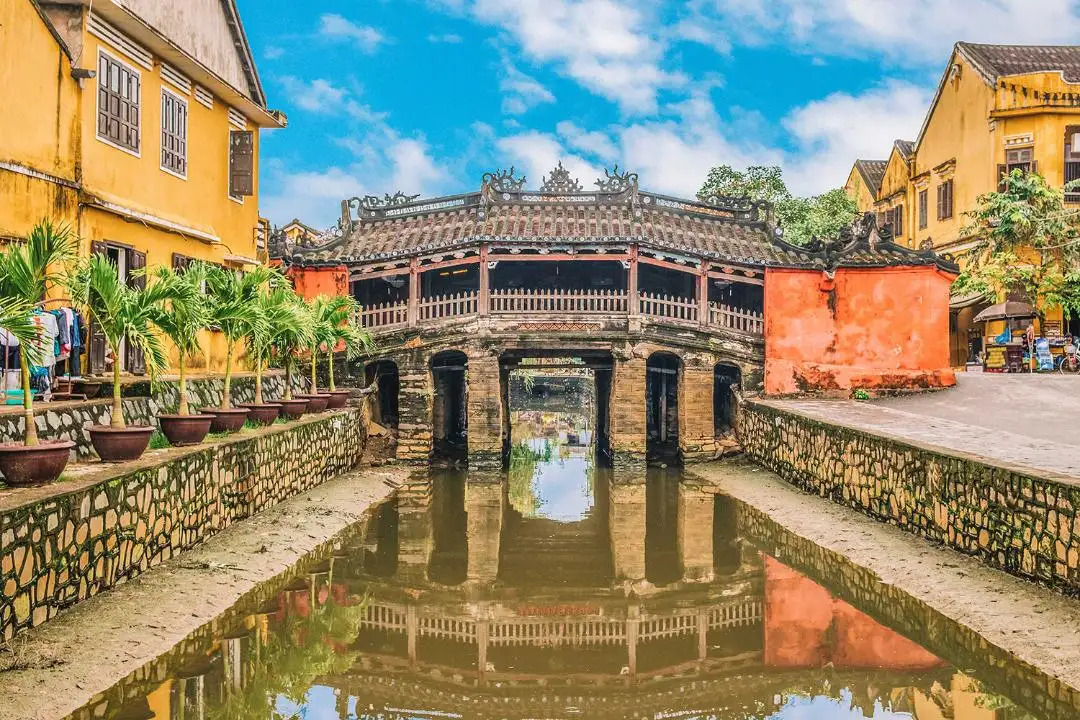
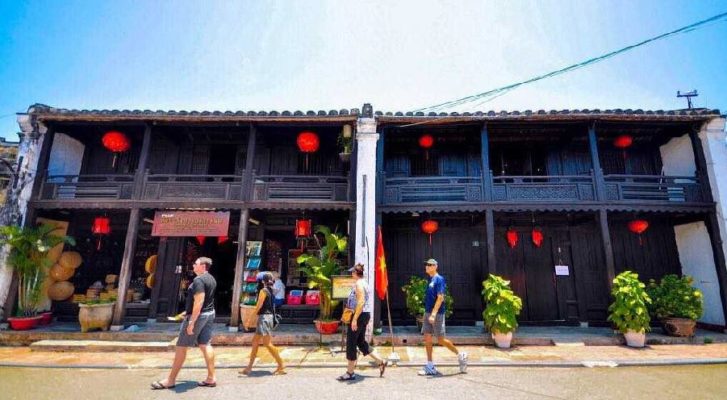
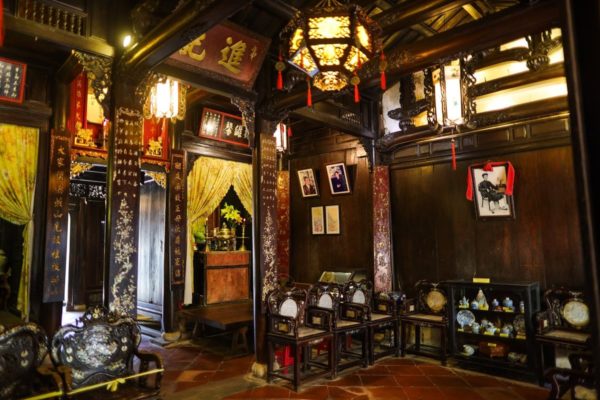
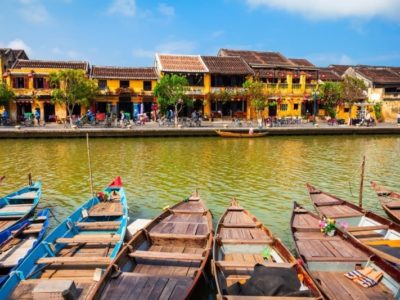
1 Countries 6 Cities
Vietnam Highlights Discovery
Departure City: Mumbai
Latest Departure Date: December 06 2025
15 seats left
Starting fromSave 35% ₹1,12,000
per person on twin sharing with airfares